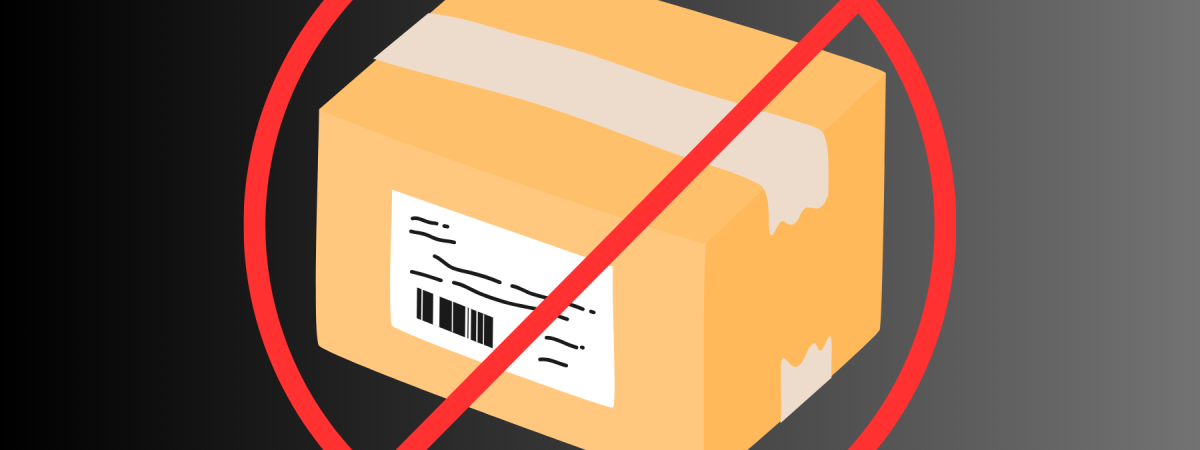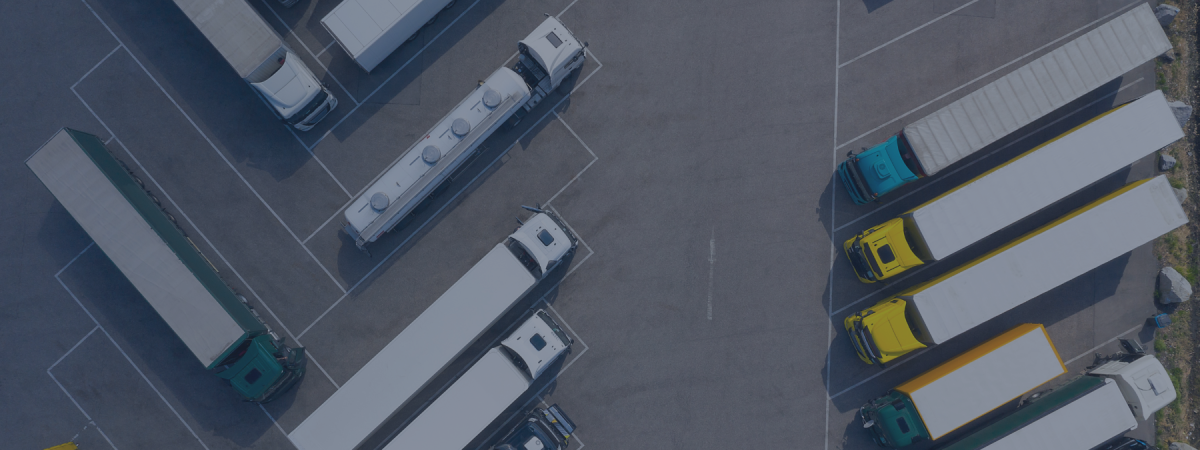
The benefits of not being locked into a territory.
If you’re looking at investing in a franchise, you’ve certainly encountered the concept of territory. In fact, 90% of franchise models use territories in their operations. While territories protect certain kinds of businesses from potentially debilitating competition, being locked into a territory can also stifle your ability to prospect new clients.
In this article, we look at some of the benefits of going with a franchise model that doesn’t restrict franchisees to a territory.
When do territories make sense?
Let’s say you’re wanting to invest in a fast-food franchise. Well, it makes logical sense that you wouldn’t want to open a McDonalds or Taco Bell in the same plaza as an already established location. Exclusive territories prevent this kind of needless competition by protecting a geographic range such as a ZIP or postal code, distance, or a demographic or legal jurisdiction.
The definition of this territory is usually very clearly outlined in a franchise agreement, and you should have all that information before you make any decisions.
When do territories hinder you?
By its very definition, a territory is a limitation. It tells you where you can find a customer base and, more importantly, where you can’t. Depending on the kind of business you’re looking to invest in, this could be a significant hindrance.
For businesses that provide a highly specialized service, for example, and who may serve niche markets, territories could prevent them from reaching important client-bases. Especially when part of your marketing strategy might be leveraging existing relationships and referrals.
If you’re stuck within a certain geographic boundary, a lot of your network is potentially out of reach.
Schooley Mitchell franchises are not locked into exclusive territories.
As a provider of B2B cost reduction consulting services, it’s an integral part of Schooley Mitchell’s franchise model to not limit franchisees to exclusive territories. We believe this is a key factor behind many of our franchisees’ success.
Many professionals looking to invest in a franchise come from extensive and decorated careers in other industries. Meaning, many of them bring an extensive network alongside a wealth of experience. Not enforcing rigid territories on franchisees means they have the flexibility to leverage these networks and relationships outside of their specific market to get clients.
Likewise, this protects them against potentially negative demographic and traffic pattern territories that might otherwise render your territory less lucrative. No one can predict the future, and between inflation and the looming possibility of recession, it’s important to have every protection possible when opening your new business. Not being locked in to one specific ZIP code gives you an extra layer of assurance that you can take your work to where the clients are.
In conclusion…
While 90% of franchisors use territories as a part of their franchise model, there are significant disadvantages to being locked into one, depending on the kind of business you’re looking to invest in. For many service-based businesses, being able to operate without a territory means you can leverage your networks and find clients across many markets.
If you’re looking to own a franchise business, do your research into the franchisor’s territory policies and why that may or may not work for your entrepreneurship goals. It may just be that the last thing you need is to be pigeon-holed into a territory.










